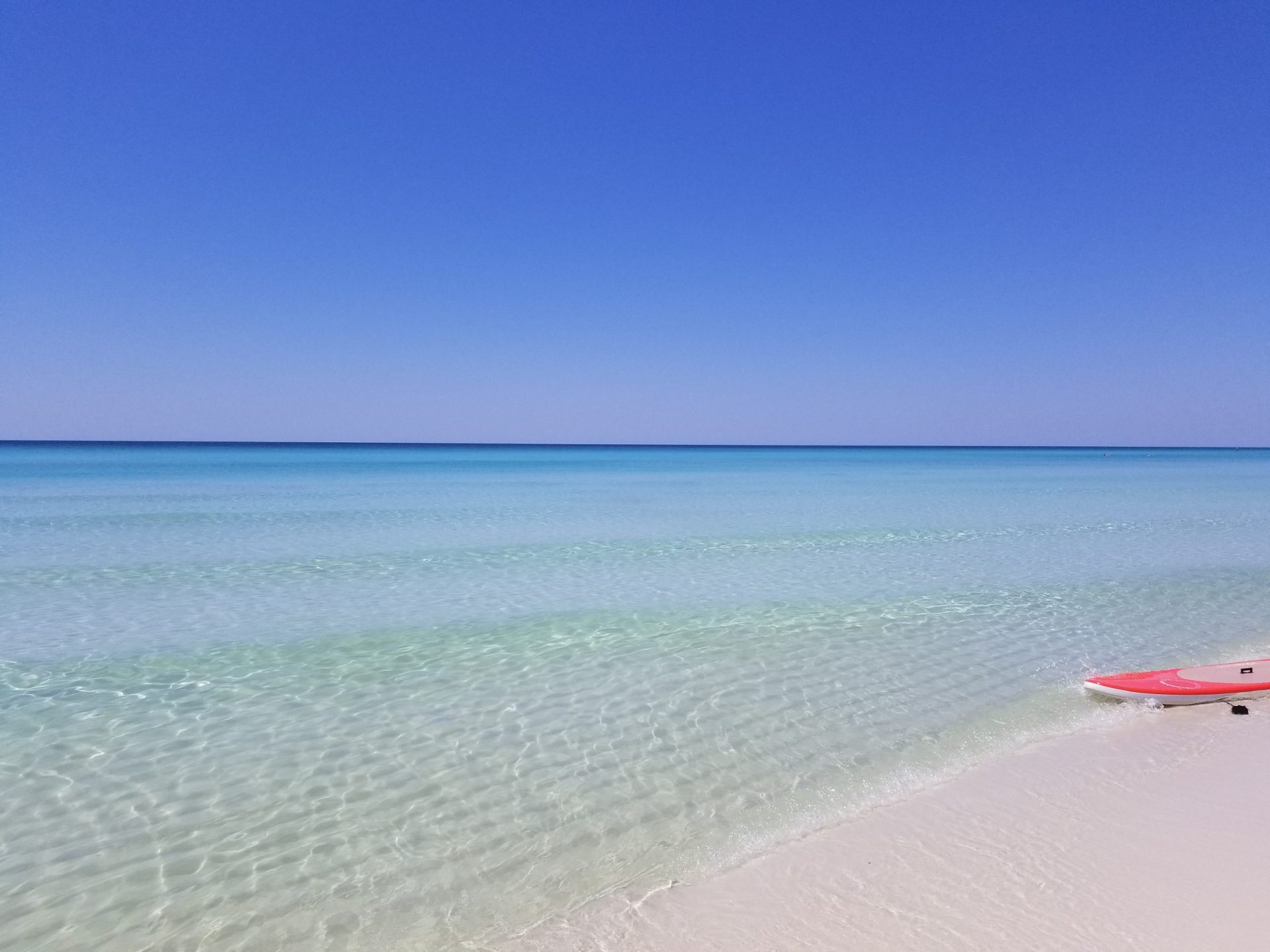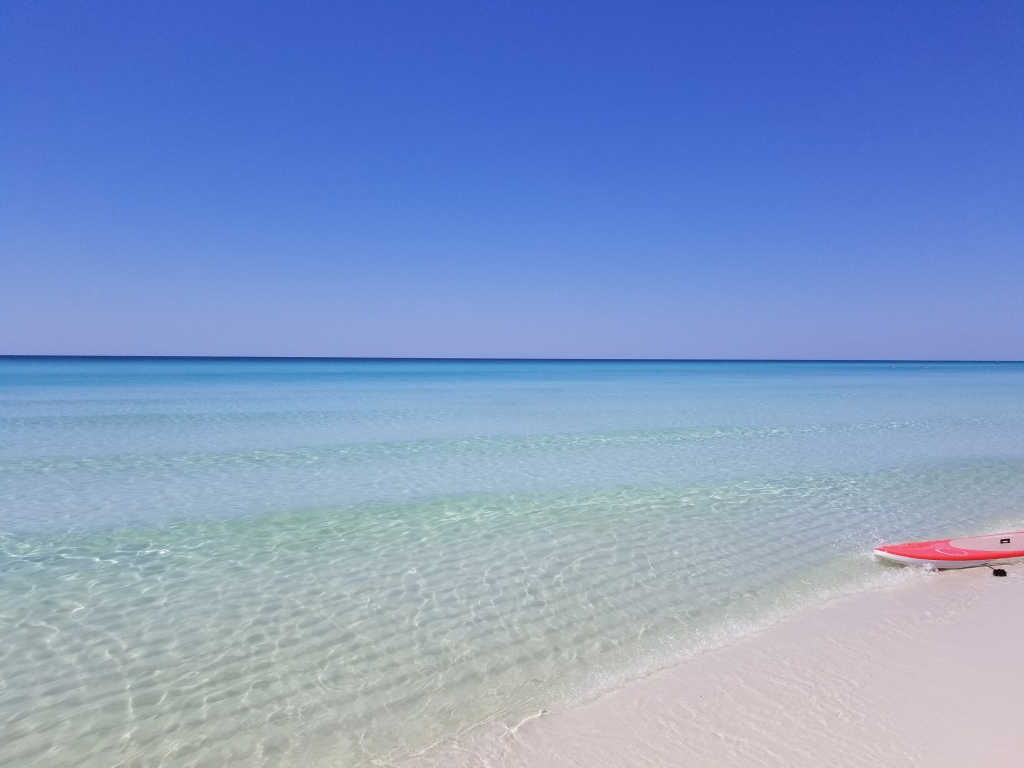
UNDERSTANDING THE WHITE SAND IN THE GULF OF MEXICO ALONG 30A (Part 2)
Understanding the Role of Human Activity in Shaping White Sand in the Gulf of Mexico
Human activities such as dredging and coastal development can also affect the composition and quality of white sand along the Gulf Coast. Dredging operations can often remove large amounts of sand from beaches, which can disrupt ecosystems and reduce beach widths. Coastal development can lead to increased runoff of pollutants into coastal waters, which can also affect the quality of beach sands.
In addition, human activities can also lead to the introduction of foreign materials into beach sands, such as plastics and other debris. This can have a negative impact on the health of beach ecosystems, as well as the aesthetic appeal of the beach. Furthermore, human activities can also lead to the introduction of invasive species, which can further disrupt beach ecosystems.
Analyzing the Impact of Weather Trends on White Sand in the Gulf of Mexico
Weather trends which many believe to be caused by climate change, is another factor that can have a major impact on white sand along the Gulf Coast. Rising sea levels can lead to increased erosion of beaches due to increased storm activity and higher tides. Warmer temperatures can also increase rates of weathering processes, leading to further breakdown of quartz grains. In addition, changes in ocean circulation patterns can lead to more frequent extreme weather events that can have a drastic impact on beach sands.
The effects of weather events on white sand beaches can be seen in the Gulf of Mexico. In recent years, the region has experienced an increase in the frequency and intensity of storms, leading to more frequent beach erosion. Warmer temperatures have also caused an increase in the rate of weathering processes, leading to a decrease in the amount of white sand available. These changes have had a significant impact on the local environment, leading to a decrease in the number of white sand beaches in the region.
Evaluating Potential Solutions to Preserve White Sand Along the Gulf Coast
Given the impacts that human activities and climate change have on white sand along the Gulf Coast, there is a need to evaluate potential solutions to preserve these beaches. One potential solution is the implementation of coastal restoration projects, which can involve beach nourishment or dune stabilization techniques. Beach nourishment involves replenishing beaches with new sand from offshore sources, while dune stabilization techniques involve planting vegetation or erecting barriers to reduce erosion from storm surges.
Another potential solution is the implementation of regulations to limit human activities that can cause erosion, such as the construction of seawalls or the removal of sand from beaches. Additionally, regulations can be put in place to limit the number of pollutants that enter the ocean, which can help to reduce the impacts of climate change on the beaches. Finally, public education campaigns can be used to raise awareness of the importance of preserving white sand beaches and the potential impacts of human activities and climate change.
Examining Examples of Successful Conservation Efforts for White Sand Along the Gulf Coast
Conservation efforts for white sand along the Gulf Coast have had varying levels of success. For example, Florida’s Walton County implemented beach nourishment projects in 2013 that have helped offset some of the erosion caused by major storm events. Additionally, coastal restoration projects in Alabama have helped reduce erosion from storm surges and maintain beach widths. There are still many challenges that face conservation efforts for white sand along the Gulf Coast, but these examples demonstrate that progress is being made.
In conclusion, white sand along the Gulf Coast is a beautiful natural resource that needs to be protected from human activities and climate change. This article has explored the geological origins of white sand, examined its chemical composition, investigated natural weathering processes, discussed human impacts, analyzed climate change effects, evaluated potential solutions for preservation, and reviewed examples of successful conservation efforts.



